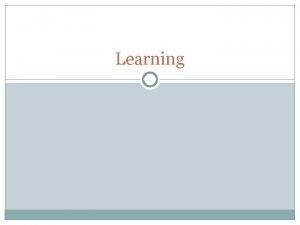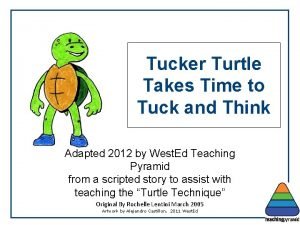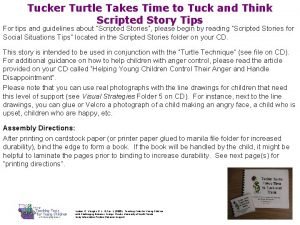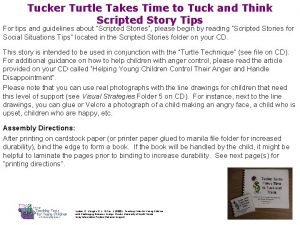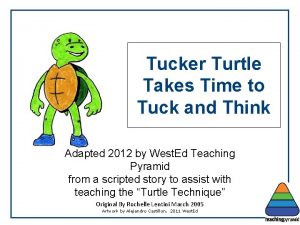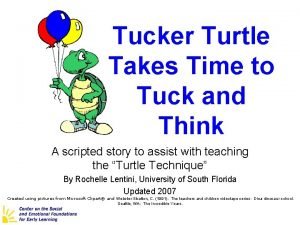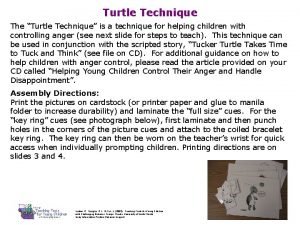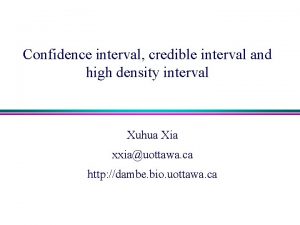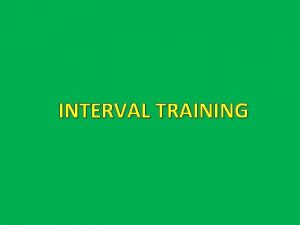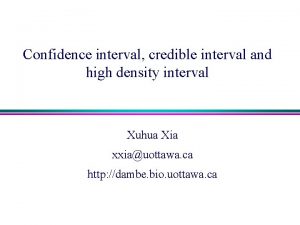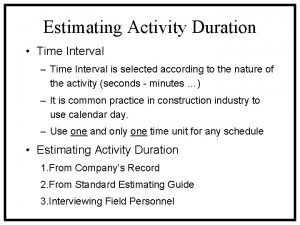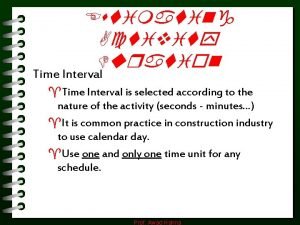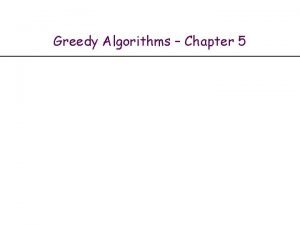Period Period is the time interval it takes









- Slides: 9

Period • Period is the time interval it takes an object to travel around an entire circular path one time. • Period has units of time, so the SI unit is s. • For constant-speed circular motion, we divide the distance traveled in one period (the circumference of the circular path, 2πr) by the time interval T (its period) to get: • Do not confuse the symbol T for period with the symbol T for the tension force. © 2014 Pearson Education, Inc.

Quantitative Exercise 4. 3: Singapore hotel • What is your radial acceleration when you sleep in a hotel in Singapore at Earth's equator? • Remember that Earth turns on its axis once every 24 hours, and everything on the planet's surface actually undergoes constant-speed circular motion with a period of 24 hours. © 2014 Pearson Education, Inc.

Quantitative Exercise 4. 3: Singapore hotel • We want to determine your radial acceleration when you sleep in a hotel in Singapore at Earth's equator. – Earth turns on its axis once every 24 hours, and everything on its surface actually undergoes constant -speed circular motion with a period of 24 hours. • Represent this situation mathematically, THEN solve and evaluate. © 2014 Pearson Education, Inc.

Is Earth a noninertial reference frame? • Newton's laws are valid only for observers in inertial reference frames (nonaccelerating observers). – Observers on Earth's surface are accelerating due to Earth's rotation. • Does this mean that Newton's laws do not apply? – The acceleration due to Earth's rotation is much smaller than the accelerations we experience from other types of motion. • In most situations, we can assume that Earth is not rotating and, therefore, does count as an inertial reference frame. © 2014 Pearson Education, Inc.

Circular motion component form of Newton's second law © 2014 Pearson Education, Inc.

Problem-solving strategy: Processes involving constant-speed circular motion • Sketch and translate – Sketch the situation described in the problem statement. Label it with all relevant information. – Choose a system object and a specific position to analyze its motion. © 2014 Pearson Education, Inc.

Problem-solving strategy: Processes involving constant-speed circular motion • Simplify and diagram – Decide if the system can be modeled as a point-like object. – Determine if the constant-speed circular motion approach is appropriate. – Indicate with an arrow the direction of the object's acceleration as it passes the chosen position. – Draw a force diagram for the system object at the instant it passes that position. – On the force diagram, draw an axis in the radial direction toward the center of the circle. © 2014 Pearson Education, Inc.

Problem-solving strategy: Processes involving constant-speed circular motion (Cont'd) © 2014 Pearson Education, Inc.

Problem-solving strategy: Processes involving constant-circular motion • Represent mathematically – Convert the force diagram into the radial r-component form of Newton's second law. – For objects moving in a horizontal circle (unlike this example), you may also need to apply a vertical y-component form of Newton's second law. © 2014 Pearson Education, Inc.
 Nada c-g berjarak
Nada c-g berjarak Variable ratio vs variable interval
Variable ratio vs variable interval Fixed interval vs variable interval
Fixed interval vs variable interval Tucker turtle takes time to tuck and think
Tucker turtle takes time to tuck and think Tuck the turtle
Tuck the turtle What level of setting in a story takes place
What level of setting in a story takes place Tucker turtle takes time to tuck and think
Tucker turtle takes time to tuck and think Tucker turtle takes time to tuck and think
Tucker turtle takes time to tuck and think Tucker turtle story
Tucker turtle story Tucker turtle takes time to tuck and think
Tucker turtle takes time to tuck and think


